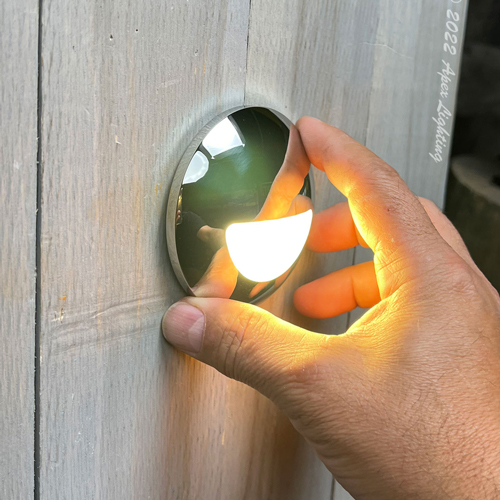Emergency Light
noun
Definition of Emergency Light
What happens when you’re out on the water at night and suddenly your boat has an electrical failure and loses power? This is where emergency lights come in.
Emergency lights are sometimes portable, battery-powered lights stored in an easily accessible location to provide light for signaling other boats or moving around the boat when your power goes out.
While the needs of each boat are unique, here’s a list to start your emergency kit with:
- Waterproof, tactical flashlight: Visible from 1000 feet or more in order to signal other boats (6000 lumens intensity), as well as shock resistant and waterproof in case you need to get into the water
- Light sticks: Stored in a dispenser box or inside life jackets in case you need to evacuate the boat
- Low location lighting: Typically, battery-powered strip lighting lights up the pathway to the assembly point or evacuation zone
LED downlights, courtesy lights, and rope lights, when connected to a backup battery, provide energy efficient and unobtrusive low location lighting. Check out these options.
Larger boats may also have fixed or stationary emergency lights wired to the backup battery to light up important parts of the boat, such as the engine room and cockpit.
An emergency lighting system may be:
- Manual: Has a switch that needs to be manually switched on for the backup power supply to flow to the lights
- Automatic: Feeds power to the emergency light system when a reduction in potential is detected in the main power line
Emergency lighting regulations are much more rigorous for yachts or vessels that exceed 500 GT (gross tonnage) in volume capacity, carry more than 6 passengers, or make international voyages.
Example of Emergency Light in a Sentence
"Emergency lights that are battery operated must not be readily portable and must have an automatic battery charger that keeps the battery fully charged."
Related Terms for Emergency Light




